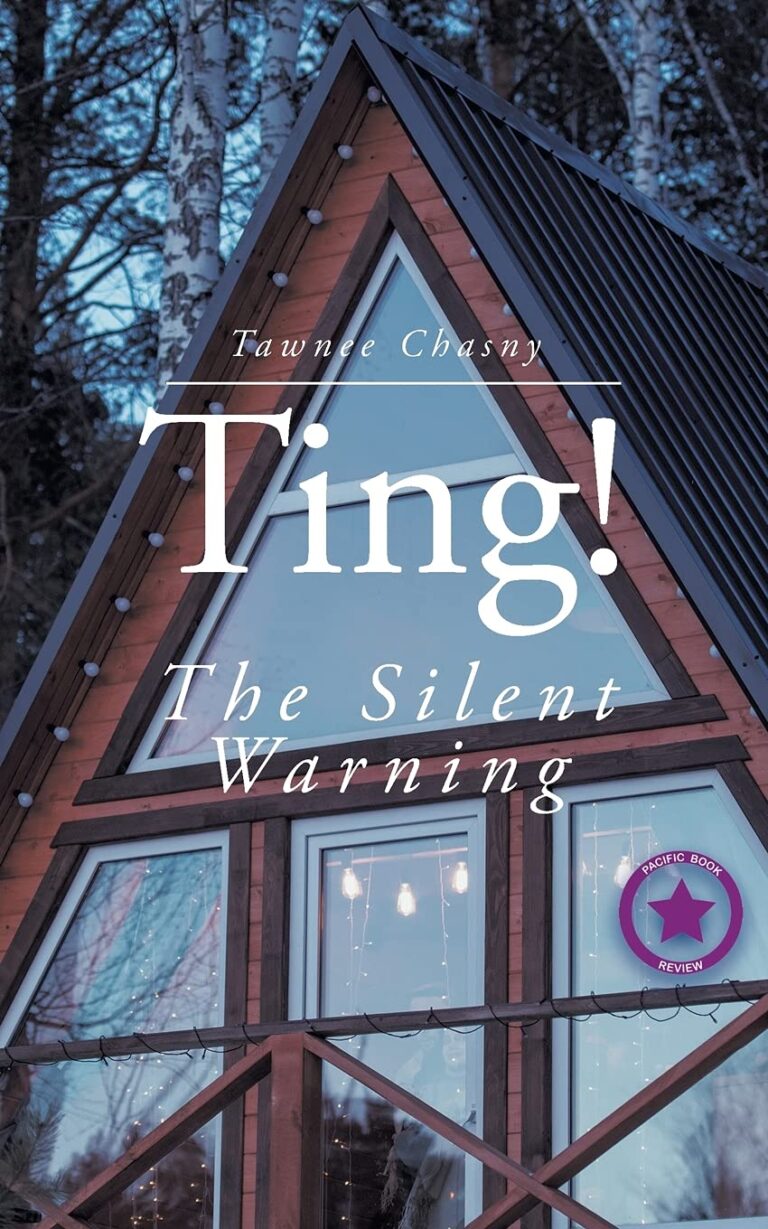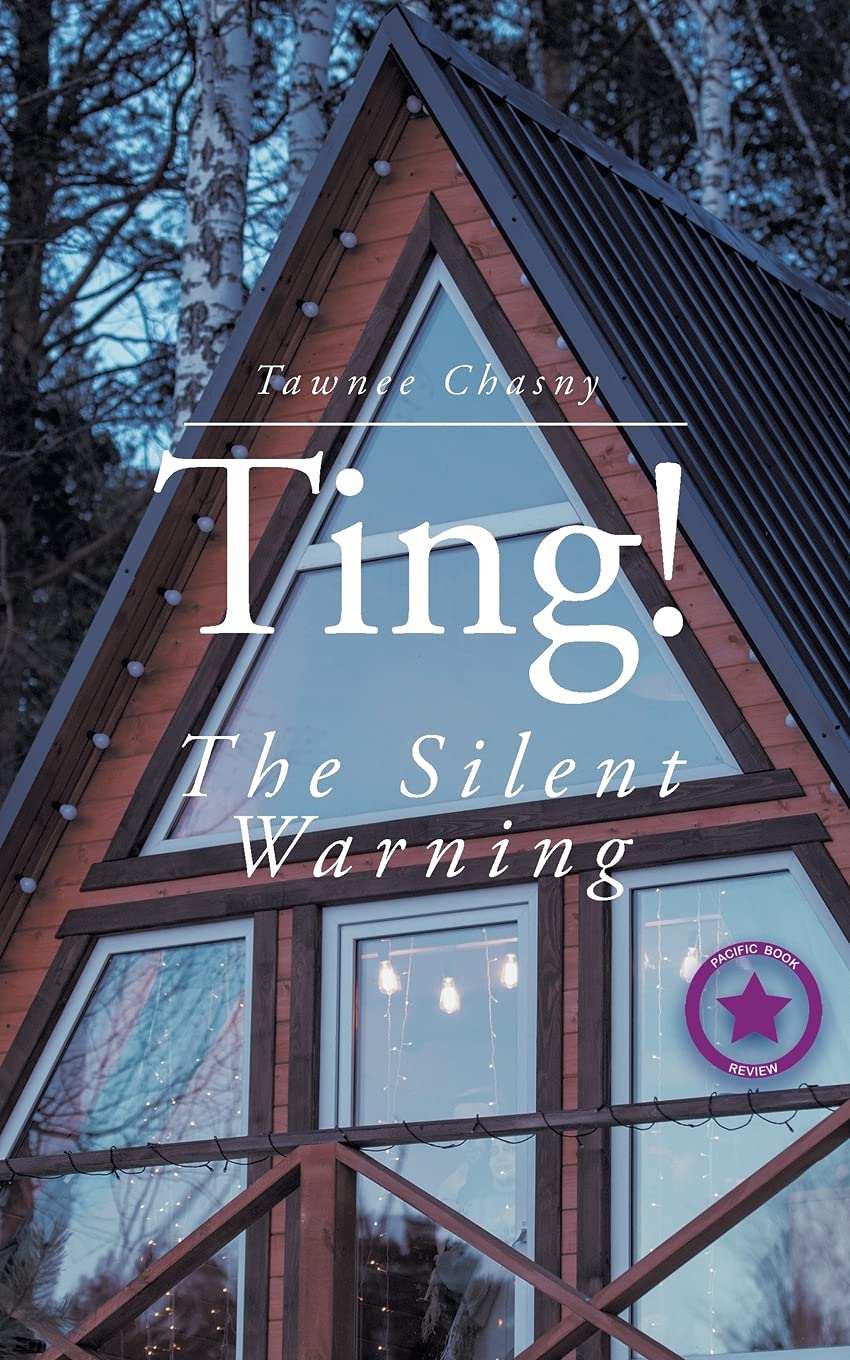Lilly has fled the city and moved into the mountain cabin left to her by her grandparents. She is building a tranquil life as an artist and crafts-person in a quiet small town. Joanne is another woman who has headed to the hills to look for peace. The two soon become friends. While out walking in the woods Lilly finds a crystal that communicates with her in dreams of her grandfather or by emitting bell-like sounds. A “ting” for positive. A “tong” as a warning. When a recently released criminal returns to the neighborhood to reclaim the loot buried in the grounds of Joanne’s house the two woman find themselves in grave danger. Will their grit and determination combined with the enchanted crystal be enough to save the day?
TING! THE SILENT WARNING is an entertaining novella that makes up for what it lacks in stylish prose with a kind of naive charm and bags of energy. Author Tawnee Chasny uses elements of the crime thriller genre to drive her story, though it more successfully focuses on the blossoming relationship with the two women and their place in the community than any high dramas. Chasny builds her central characters well but the supporting cast–particularly the cartoonish, violent ex-convict–are less convincing. As in her novel Carlton Downsized, Chasny has a tendency to over-write her dialogue sequences until the pages fill with affable chit-chat that does little to build character or move the plot forward. Carlton Downsized contained a relentless and unpredictable plot and so could better wear the padding of excessive chatter. TING! THE SILENT WARNING is a far slighter story and lacks the focus needed to really succeed. The magical crystal appears like something out of a simple fairy story and remains a gimmick that is never fully explored or exploited to its full potential.
Tawnee Chasny’s TING! THE SILENT WARNING is a short and generally enjoyable work that can be read in a couple of hours, and while lacking the high intensity action of the author’s earlier work, it retains the winsome charms of her simple prose style.
~Kent Lane for IndieReader


